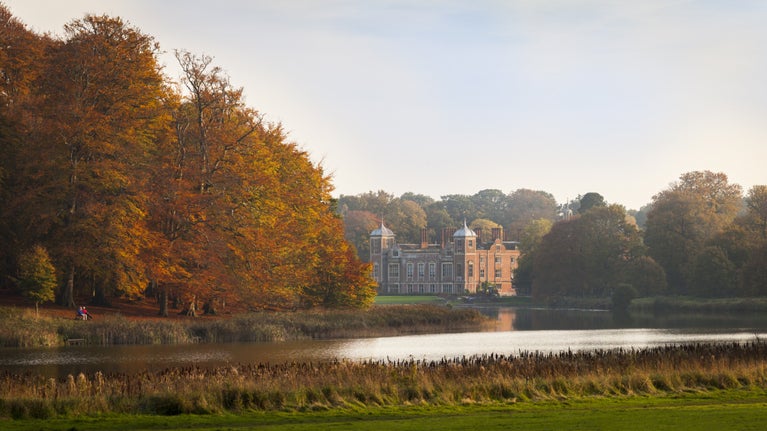
For everyone, for ever
We protect and care for places so people and nature can thrive. Find out who we are and what we stand for.

Your support helps us look after the past, from conserving historic buildings and works of art to unearthing archaeological treasures and supporting urban heritage projects. Find out more about our latest history and heritage projects.
Caring for places of historic interest and natural beauty is central to what we do. Learn more about how we look after houses, collections and landscapes.
We look after more than one million historical objects from around 200 places, and their preservation, protection and conservation is at the heart of the work we do. From a dolls’ house to samurai armour, discover some of our favourite conservation projects from recent years.
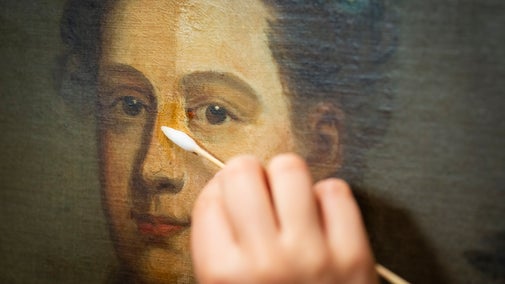
Discover the projects supported by the National Lottery across the places we care for, who’ve been supporting projects that help people access and explore our heritage since 1994.
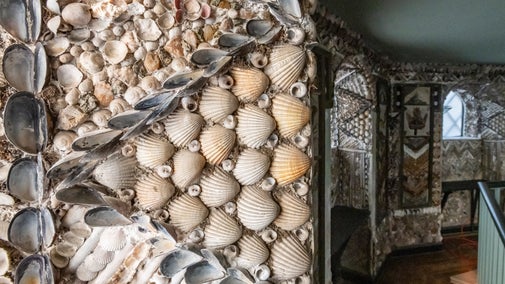
Find out about the work of our team at the Royal Oak Foundation Conservation Studio in Kent and how we help care for a large number of objects from properties all over the country.
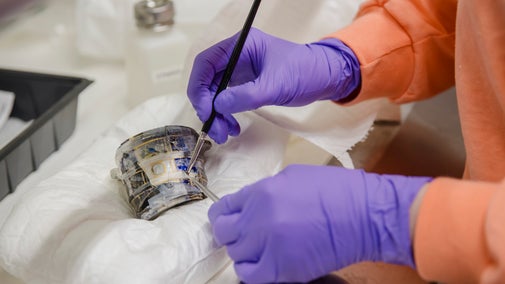
Learn about how we protect the rarest and most historically significant plants in our care at the Plant Conservation Centre.

Our funding partners are crucial to support the work of our cause. Discover the conservation and restoration projects funded by the Wolfson Foundation.
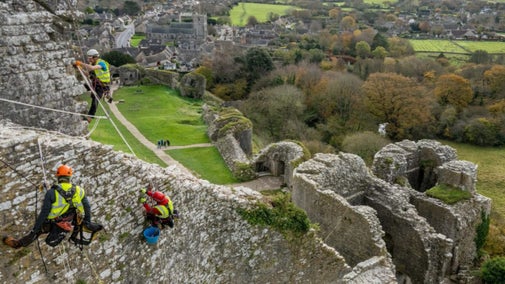
Discover more about our work at the Textile Conservation Studio in Norfolk, the National Trust’s only specialist in-house textile conservation facility.

Find out about the work our archaeologists do to uncover the past. Expand on your knowledge of archaeology and understand more about historic landscapes.
Artefacts found at the places we care for can help us understand what life was like in the past. Learn about five of our most intriguing finds and what they reveal.
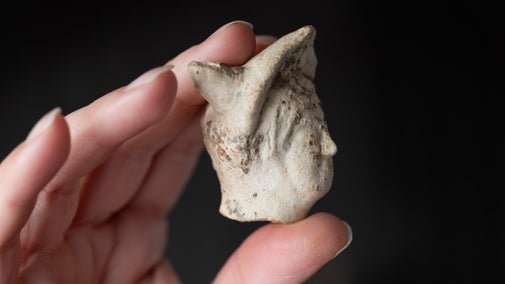
We survey all our sites for any signs of archaeological significance, using aerial photography and expert analysis on the ground. Find out more about our work to explore remnants of the past, and why it's so important to us.


We protect and care for places so people and nature can thrive. Find out who we are and what we stand for.